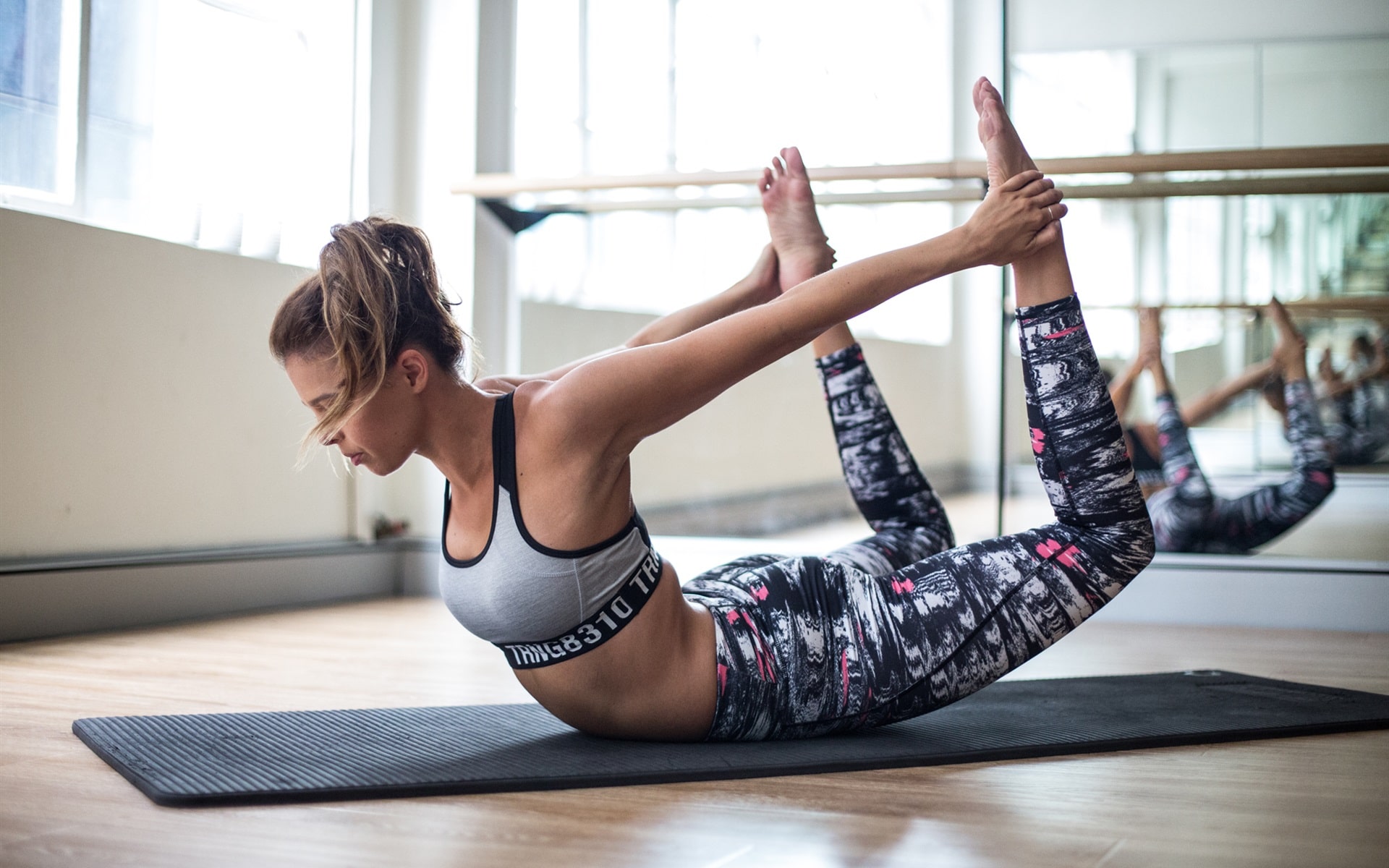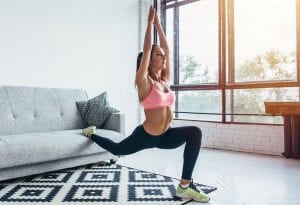Doing a stretch before a workout properly prepares our muscles for the activity that we’re about to engage in. Stretching afterwards, on the other hand, helps to encourage recovery. A single stretch will make the muscles, tendons and ligaments more flexible BUT this would be for only for a short period of time. Over time, regular stretching will induce the growth of tissues that will lead to a more long-term increase in flexibility.
Remember though if your muscles are sore, stretching won’t necessarily make them more flexible, but rather help them to feel better.
Why Is Stretching Important?
- Helps with pain relief
- Helps decrease stiffness
- Stress management
- Reduces the risk of injury
- Muscular relaxation
- Improves Posture
- Decreases back pain
- Prepares the body for the activity
- Mechanical efficiency
- Promotes circulation
- Breathe through your stretches. Breathing will help you relieve stress and tension in your muscles and can also improve the quality of your stretches and help you hold a stretch for longer.
- Watch your posture. Pay attention to your posture with each stretch. Try to keep your chin up, your spine straight, your core engaged, and shoulders aligned with your hips.
- Start slowly. Don’t try to do too much stretching if it’s the first time after a workout. You should start with a few stretches and then add more repetitions and stretches as you get used to them.
- Don’t stretch to the point of pain. You should expect feel mild tension as you stretch your muscles, but never pain. If you feel pain, stop right away.
- Start in a standing position, with feet wider than hip-width apart.
- Bend your arms and place your hands behind your head.
- Bend your knee as you lift one leg up.
- Circle that leg across your body, up toward your chest, then back down to the starting position.
- Repeat on the other side.
- Continue for 30 to 60 seconds.
- Start in a standing position, with feet wider than hip-width apart.
- Bend your arms, placing your hands behind your head.
- Lift one leg up toward your body, bending your knee as you do, as if you were trying to touch your rip cage with your knee.
- Continue for 30 to 60 seconds.
- Begin with kneeling down on your left knee.
- Keep your right knee bent, with your right foot flat on the floor in front of you. Lean forward and stretch your left hip out towards the floor.
- Hold this stretch for 30 to 60 seconds before switching legs and doing the opposite side
- Stand with your feet hip-width apart and roll your shoulders back and down to release any tension.
- Reach your right arm up to the ceiling, then bend your elbow to bring your right palm down toward the centre of your back.
- Bring your left hand up to gently pull your right elbow downward.
- Hold this stretch for 20 to 30 seconds before switching arms.
- Repeat on both sides 2 or 3 times, attempting to get a deeper stretch with each repetition.




